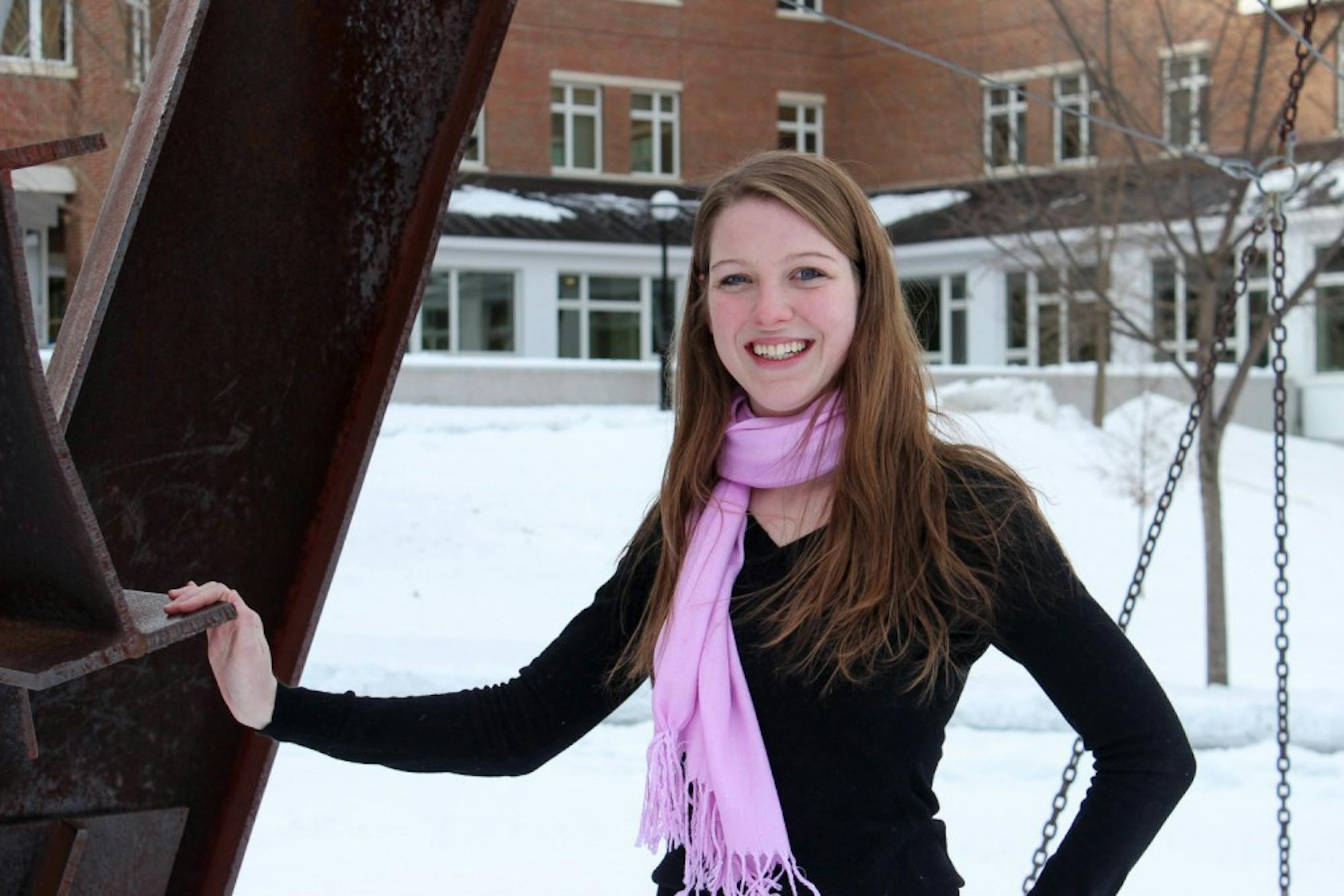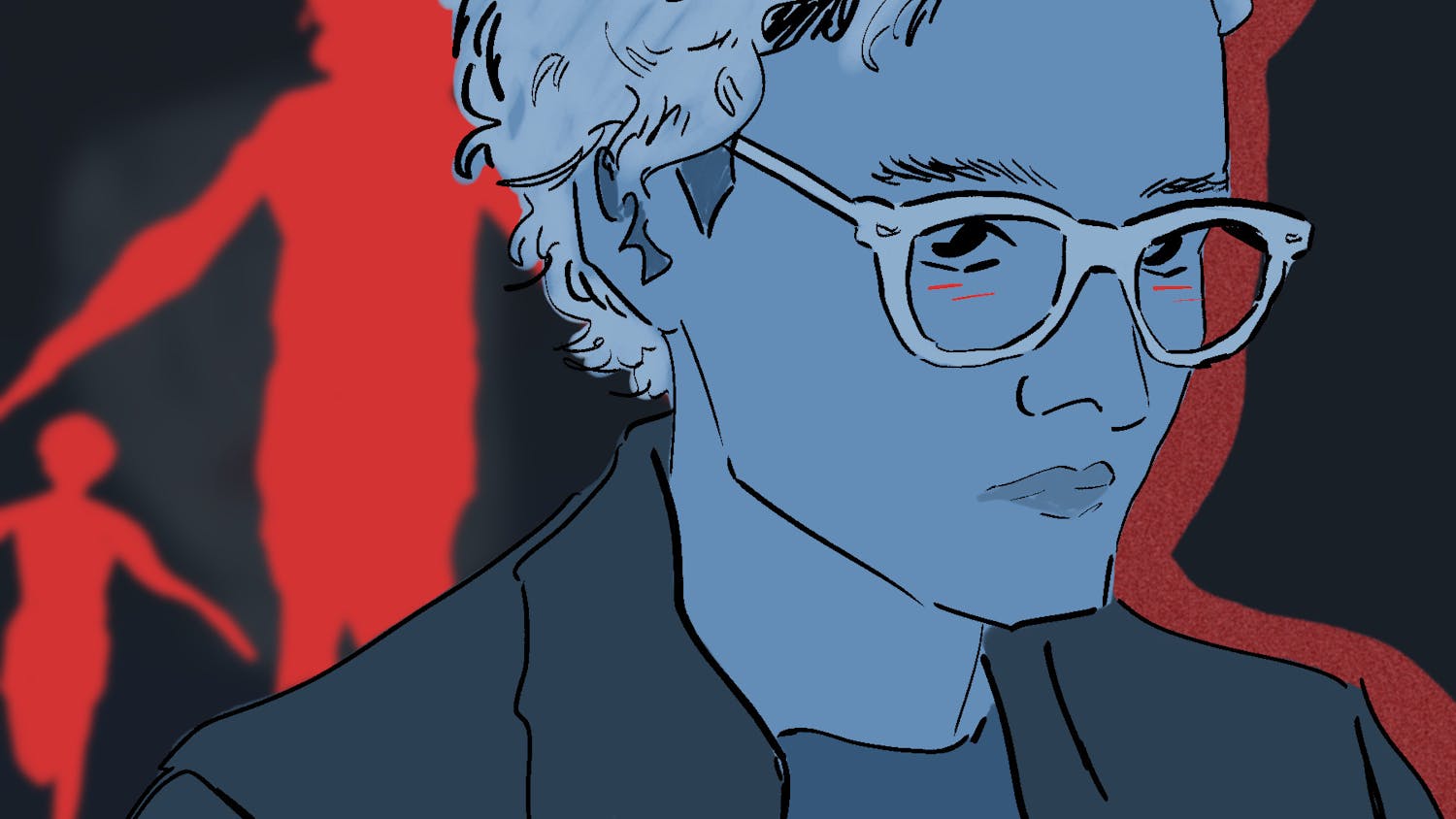Freshman fall, Julia McElhinney ’14 found her passion for art in the depths of eraser shavings, working with charcoal-covered hands in a class that would direct her toward a studio arts minor. By the end of Drawing I with studio art professor Enrico Riley, she had confidence in her abilities as an artist. She had not turned into Michelangelo overnight, but she was proud of what she could do if she set her mind to it.
“We live in a beautiful world that seems to be filled with new wonders every time I look up from my sketchbook,” McElhinney said.
Currently, McElhinney works as a Hood Museum intern, where she has learned more about Dartmouth’s art collections. She has worked this fall with Hood director Michael Taylor and the Museum’s public art committee to catalog existing public art on campus. Now she is working to augment this program by adding signs to existing art around campus, such as information placards for Louise Bourgeois’s “Crouching Spider,” in front of the Visual Arts Center, and Mark di Suvero’s “X-Delta,” behind Baker-Berry Library.
At the College, McElhinney merged her interest in the arts with sustainability. After learning about community building in an environmental studies course, she became interested in the study of placemaking, a process through which a space is transformed to craft a distinct identity.
“A well-designed, built environment can help connect us all more closely to one another and the natural world around us,” McElhinney said.
As a Presidential Scholar, she aided studio art lecturer Jack Wilson in his work on sustainable community designs in Haiti. She has also explored her interest in Hanover as an intern in the Office of Sustainability. Her responsibilities include making informational videos, designing t-shirts and maintaining the student sustainability space in Robinson Hall.
These projects, she said, allow her to apply skills honed in architecture classes to community sustainability efforts.
She hopes her efforts at the Hood and Office of Sustainability help create community spaces where students feel welcome and engaged.
“The right piece of art can spark conversation and create a space for exploration in what might otherwise be a quiet or unused piece of land,” McElhinney said. “Public art can cause people to pause, and rather than just passing through a place, stop to admire it and maybe even say hello to the other people they might meet there.”
Later this year, she will work with the Hood staff to curate her own “Space for Dialogue” exhibit, which will focus on the impact of art in the public sphere.




